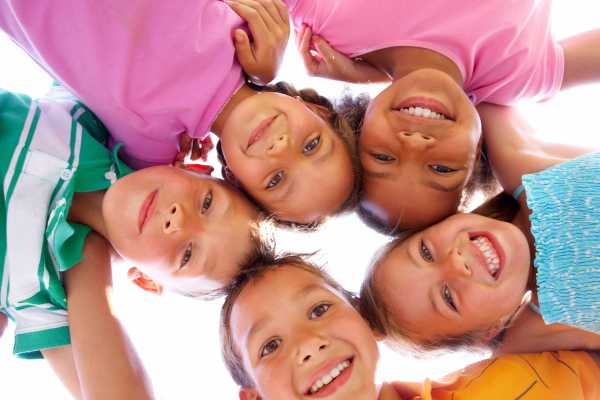Integrating Migrants and Refugees at School
One day
Novice
Course details
The course will explore the practicalities of integrating migrant and refugee children in the school community and will look at how teachers can work at a very practical level with such students in their classrooms. Participants will explore pedagogical approaches and activities that support the integration of migrant and refugee children in the classroom and school. Participants will also gain an understanding of requirements and strategies to support students who do not understand or speak the main language of instruction.
During the course participants will reflect on and develop a set of targets, ideas and actions to support migrant and refugee children in their school. They will also discuss pedagogical strategies that work with non-native speakers in their classroom, and will identify key contacts at school and local level, such as psychologists, local councillors, parents, etc. that can support them in addressing some of the challenges that the integration of migrant and refugee children brings to the school and classroom. Furthermore, the course offers participants the opportunity to connect with peers who are facing similar challenges.
- Start date: 23 May 2022
- End date: 6 June 2022
- Workload in hours: 8
This course has concluded but the content remains available for browsing!
- You can access the modules by enrolling in the course
- It is no longer possible to take part in the final activity and receive a certificate of completion
- Please note that user support for this course is no longer provided
Target audience
School teachers and school leaders
Learning objectives
- Understand how school structures and environments are important factors for the successful integration of refugee students.
- Develop some ideas on how to create a welcoming and safe environment at school for refugee students.
- Identify who inside and outside your school you can work with to support the integration of refugee students.
- Identify preparatory steps for yourself and your class to welcome refugee students.
- Being aware of some of the specific needs of refugee students and how they can impact your classroom work
- Understanding when to look for external support
- Developing some specific classroom activities that can support refugee students
- Identifying strategies and activities to facilitate the language learning of refugee students.
This content is offered by the European Commission. The European Commission is the European Union's politically independent executive arm. It is alone responsible for drawing up proposals for new European legislation, and it implements the decisions of the European Parliament and the Council of the European Union.

Schedule
- How this Course Works
- Module 1: Migrant and Refugees at School
- Module 2: Newly Arrived Refugee and Migrant Students in the Classroom


